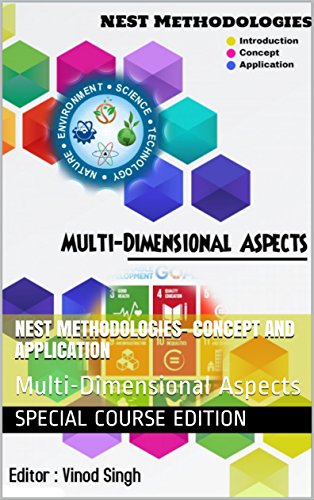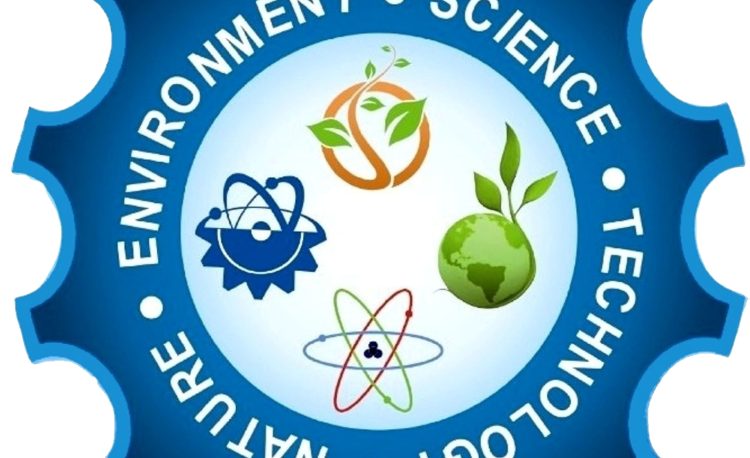What are NEST methodologies and its framework?
The concepts of education as we know them today were not meant of a modernized society driven by science and technology, but rather for an industrial era where jobs and social responsibilities a person had to perform consisted of the same repetitive task done over and over again for the rest of their career. Conventional education is therefore not adequate for a modernized society or any society that aims to become modernized for the sake of its citizens.
NEST methodologies is a revolutionary form of education registered under United Nations Sustainable Development Goals that aim to dismantle, reinvent and revolutionize education in order to provide its students with the best possible mental tools to excel in the modern world.

NEST Methodology application is registered as “Quality Education and all-around development through implementation of NEST methodologies” under United Nations Sustainable development Goals partnership platform with sub-theme SDG 4 quality education via #SDGACTION12448.


NEST Methodologies is also available as a book in Amazon: Nest Methodologies- Concept and Application: Multi-Dimensional Aspects (Volume 1) Kindle Edition
NEST stands for Nature Environment Science and Technology. These four pillars of method of education bring a new dimension of learning to both the student and teacher. The exposure to our nature and its highly interconnected and interdependent environment coupled with exposure to science and technology, along with highly accelerated leadership development programs at an early age provides the student not only with the tools needed for professional excellence but also motivation to learn more and to apply the acquired knowledge towards social and sustainable development.
NEST strives to achieve a perfect balance between theoretical and practical classes, in order to avoid the practice of rote learning which is constantly encouraged in today’s schooling systems. But is highly detrimental to the student’s future as well as to national development. Unlike rote learning methods, NEST methodologies do not simply prepare the student for an exam but seek to encourage learning from nature, so that we can preserve our environment for future generations. And to impart an enthusiasm for social work coupled with leadership qualities to the student.
NEST methodology brings innovation in the field of education.
NEST Framework incorporates
- Nature and Environment for Sustainable Development Society
- Role of Education as a tool for Environmental protection
- Break the limit of the classroom’s four walls. Take the examples of schools such as the Kunskapsskolan schools in Sweden, these schools found timetables to be too inflexible and got rid of lessons completely. And resources and efforts are instead dedicated towards individual learning plans with variable lengths. Students decide the resources and time needed to achieve the educational outcomes, and teachers simply support and monitor them through this process. Teachers are no longer the most easily accessible source of information, today the internet has replaced teachers in that aspect and we must embrace this fact and teach students how to use their computers and smart phones as learning aids for their subjects. And not ban the practice in schools resulting in a gap between education and technology. (Environment)
- More personalization and less standardization of education Every student approaches education in his/her own pace and manner. They understand topics at their own pace and respond differently to different forms of logic. And good teachers can always find the means and methods of tailoring their teaching style to suit these conditions, but the highly structured and standardized systems limit their capabilities to personalize teaching. The first step to personalizing education is the induction of digital technology into education. (scientific presentation of education –Science)
- Enhancing digital and technical capabilities of the student Any form of education today requires some sort of research needed to be done by the student, without modern methods of accessing information (i.e. the internet) the context of the knowledge gained by the student would be lacking in scope. Today’s young generation grew up in a globalized culture driven by science and technology; they are well versed in the methods to derive information from the internet using computers and laptops. Educational institutions need to nurture and help grow these abilities for the professional development of students rather than ban these practices within the school. At Heathfield Primary School in Nottingham, the UK, learners as young as five blogs about their lessons and compete for a blog of the week prize. Schools in Lewisville, Texas, encourage the use of phones as learning tools.
We need to understand that technology is an integral part of our lives now and we must adopt them in the field of education, failing to do so will continue the trend of students failing to get the relevant form of education necessary for their professional life. Use of technology serves as a powerful method to create an environment of independent and curiosity-based education. (Technology)
- Engage students through project-based learning. Instead of engaging students in repetitive and boring information given in standardized textbooks, students should be taught complex topics based on real-world issues. Project-based work is more demanding than conventional text-based learning, but it provides a higher level of immersion, interest and educational outcome to the student. (
Utilization and practice of a student’s creative and leadership skills along with learning traditional courses in a meaningful manner rather than simply memorizing those paves the way for an exceptionally improved form of education provided to students.
Learning the necessary subject materials along with learning how to manage problems, collaborate with team members and lead fellow teammates provides a valuable foundation to the lives of young students to live as nationally and socially contributing citizens.
- Personalized Assessment instead of standard assessment Test scores are not an accurate representation of a student’s merit. Test scores can be easily achieved when the student answers the same questions under the same conditions. Such a system does not measure the student’s ability to think deeply, creatively and innovatively.
- The alternative to absolute form of education Innovation and progress are mindsets that enable students to grow personally and professionally. Current educational systems do not provide the necessary strategies required to meet with these demands and challenges of our globalized technology-driven society. Using NEST methodologies educators can implement a number of tips and techniques that can help students to think creatively and find innovative solutions for existing and future problems.
NEST Methodologies cover following sustainable development goals
- Sustainable Development Goal No 4- Quality Education
- Sustainable development Goal No. 6 – Clean water and sanitation
- Sustainable development Goal No. 13 – Climate Action
- Sustainable development Goal No. 17 – Partnership to achieve the Goals

